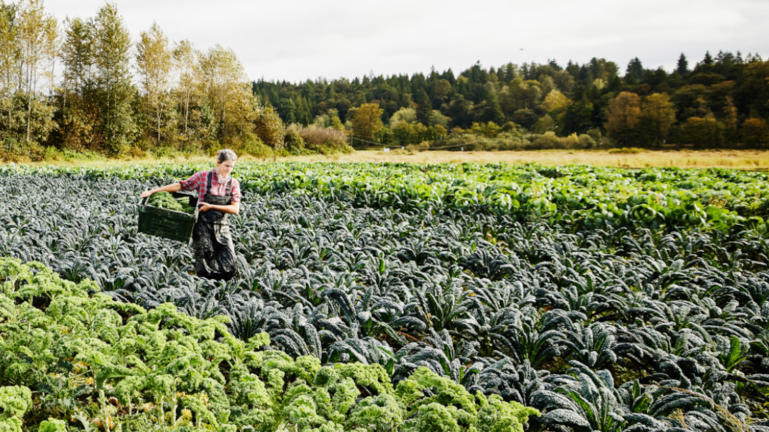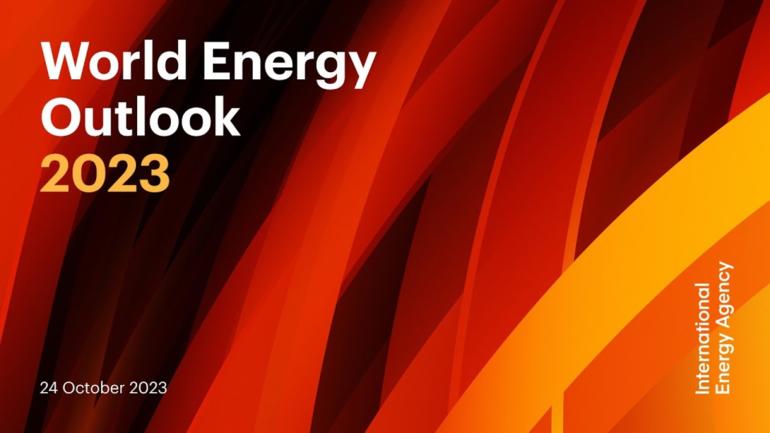- As part of BNP Paribas’ 2025 strategic plan, the Group unveils its first ‘Climate Analytics and Alignment Report’ which will steer the alignment of its portfolio with its net-zero commitment.
- The Report includes a series of financed carbon emissions intensity reduction targets for three key sectors (from 2020 baseline): power generation (a reduction of at least 30% by 2025), upstream oil and gas and refining (a reduction of at least 10% by 2025), and automotive[1] (a reduction of at least 25% by 2025).
- In order to achieve its objective of reducing carbon emissions related to oil and gas, the Group will reduce by 12% its credit exposure to the upstream oil and gas industry by 2025 (from the 2020 baseline). It will also reduce by 25% its credit exposure to the upstream oil industry by 2025. Thanks to the implementation of its previous commitments on unconventional oil and gas, upstream oil and gas and refining represent only 1.3% of BNP Paribas’ total credit exposure as of end of 2021.
- BNP Paribas has pledged to dedicate at least 200 billion euros to supporting large corporate clients’ transition to a low carbon economy by 2025. The Group has an intention of mobilizing by 2025 more than 350 billion euros through loans and bond issues covering environmental and social topics for corporate clients.
“Our aim is to continue to be at the forefront of combatting climate change by moving further and faster to limit the rise in global temperatures to 1.5 °C by 2050. As the task becomes ever more urgent, we have integrated new targets in our strategic plan for 2025 to finance the energy transition. In the current geopolitical context, it is even more essential that we maintain an ambitious course towards a net-zero economy and finance the acceleration of renewable energies. Our strategy is threefold: align our portfolio with our net-zero commitment; measure and pilot our carbon-related risks; and broaden and deepen client relationships to support them as they make their low-carbon transition. This ‘Climate Analytics and Alignment Report’ is a main first step in taking new commitments within the Net-Zero Banking Alliance. We will extend this work to support our clients’ transition across seven other carbon-intensive sectors by 2024.” said Jean-Laurent Bonnafé, Director and Chief Executive Officer, BNP Paribas.
As part of BNP Paribas’ ‘Climate Analytics and Alignment Report’, net-zero targets have been determined using International Energy Agency (IEA) scenarios and sector-wide initiatives such as the PACTA methodology and the framework provided by the Net-Zero Banking Alliance, joined by the Group in April 2021. The power, oil and gas and automotive sectors, that account for 7% of the Group’s financing as of end of 2021, are key for the transition to a carbon-neutral economy. According to the World Resources Institute, the energy sector (power generation and fossil fuel) represents about 75% of direct and indirect greenhouse gas emissions of the industry worldwide.
Power generation
2025 carbon emissions intensity reduction target of its portfolio = at least -30% versus 2020
- BNP Paribas’ portfolio alignment measurement of the power generation sector focuses on
Scope 1 CO2 emissions of power generation activity, as it is where most emissions take place. - This 30% carbon emissions intensity reduction target versus 2020 goes well beyond the 2025 intensities derived from the IEA NZE 2050.
- The Group aims to significantly reduce the financing of CO2 producing energy, in favor of financing the massive development in low carbon energy production. Its ambition is to reach
less than 5% of coal in the portfolio capacity mix (from 10% as of end of 2020) by 2025 and more than 66% of renewable sources in the portfolio capacity mix (from 57% as of end of 2020), exceeding the 2025 ambition of NZE 2050 scenario. - The Group has now committed to reach 30 billion euros of financing for renewable energy projects by 2025 (from 18.6 billion euros as of end of 2021).
- Within its Low-Carbon Transition Group, BNP Paribas has developed transversal expertise in transition technologies and notably Green Hydrogen.
Upstream oil and gas and refining
2025 carbon emissions intensity reduction target of its portfolio = at least -10% versus 2020
- The alignment measurement of BNP Paribas oil and gas portfolio covers Scope 1, Scope 2 and Scope 3 emissions.
- In May 2021, BNP Paribas announced its ambition to reduce its credit exposure to the upstream oil and gas activities by 10% by 2025. The Group is strengthening this objective by setting two enhanced targets for its credit exposure to the sector: a 12% reduction of its credit exposure to the upstream oil and gas industry by 2025 versus 2020, and also a 25% reduction to the upstream oil industry by 2025 versus 2020. This commitment shows a higher level of ambition than the IEA NZE 2050-based scenario. Thanks to the implementation of its strong previous commitments on unconventional oil and gas, upstream oil and gas and refining represent 1.3% of BNP Paribas’ total credit exposure as of end of 2021.
- The Group has decided to strengthen its unconventional oil and gas sectoral policy (dated 2017) for companies that do not have a strong public commitment and transition strategies compatible with a 1.5°C scenario. In 2022, the Group will no longer finance or invest in companies with more than 10% of their activities in tar sands and shale oil and gas. The Group will no longer finance any oil and gas projects and related infrastructure in the Arctic and in the Amazon regions.
- The Group is strengthening the definition of the Arctic Region to adopt the one of the Arctic Monitoring and Assessment Program (AMAP), which is the broadest. Norwegian-operated areas are to be excluded from this definition since Norway has developed the most constraining environmental and operational laws, regulations and monitoring processes in the world.
- BNP Paribas will no longer finance or invest in companies deriving more than 10% of their activities from the Arctic Region.
- BNP Paribas will no longer finance or invest in companies producing out of oil and gas reserves in the Amazon as well as in the ones developing related infrastructures.
Automotive
2025 carbon emissions intensity reduction target of its portfolio = at least -25% versus 2020
- BNP Paribas’ portfolio alignment measurement of the Automotive sector focuses on Scope 3
CO2 emissions of auto manufacturers Light-Duty Vehicles production. -
BNP Paribas expects the share of electric vehicles[2] in its portfolio to reach more than
25% by 2025 (from 4% in 2020). - BNP Paribas will continue to strengthen its financing through the issuance of sustainable bonds and loans to accelerate electric vehicle production.
- Arval BNP Paribas is also committed to supporting its customers in making their mobility more sustainable by setting new target of reaching 700,000 electric vehicles[3] by 2025.
BNP Paribas’ 2025 targets cover financings directly provided and committed, and will gradually expand to some capital market activities. The Group will continue to work towards its net-zero goal by updating its methodology and metrics for these sectors and others in its portfolio as new information becomes available.
Alongside the development of the Low-Carbon Transition Group, which will bring together 250 professionals, BNP Paribas has pledged to dedicate at least 200 billion euros to support the transition of its corporate clients to a low carbon economy by 2025.
[1] Car manufacturers
[2] Battery Electric Vehicles, Plug-in Hybrid Electric Vehicles and Fuel Cell Electric Vehicles
[3] Full hybrid Electric Vehicles, Plug-in Hybrid Electric Vehicles and Battery Electric Vehicles
View the original press release here. To access BNP Paribas’ Climate Analytics and Alignment Report, click here.








